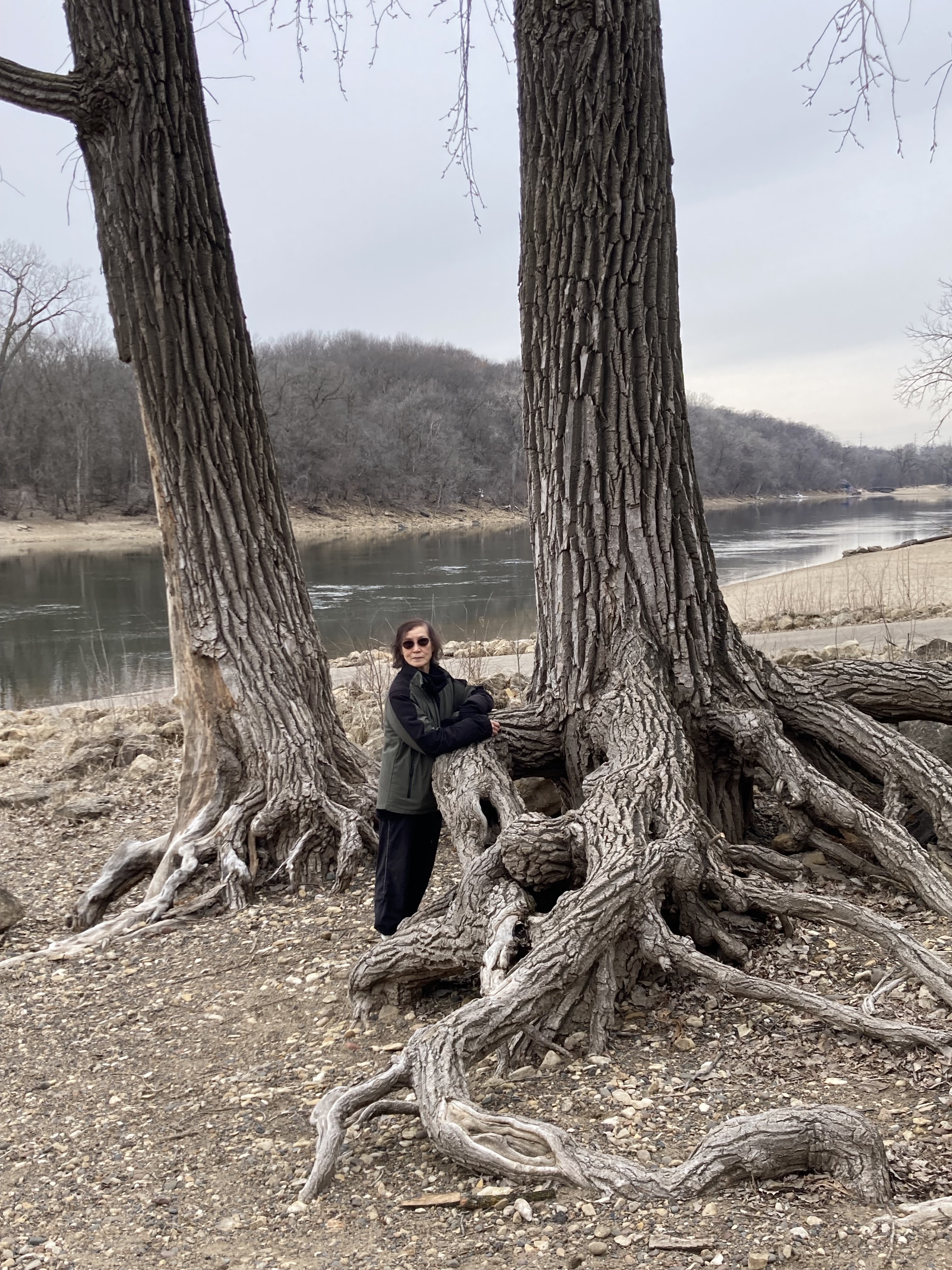By Richard B. Primack
“Truth is ever returning to herself. I glimpse one feature today – another tomorrow –and the next day they are blended.” Henry David Thoreau in his Journal.
I was interviewed yesterday by meteorologist Jacob Wycoff for an Earth Day program on CBS TV Boston.

Figure 1: Primack being interviewed by Wycoff.
I described how we are using the records of Henry David Thoreau from the 1850s to show that climate change is affecting the plants of Concord, Massachusetts. Wildflowers are flowering about 10 days earlier and trees are leafing out 14 days earlier.

Figure 2: Thoreau made detailed observations of flowering in the 1850s.
Our team came to determine that climate change was affecting the abundance of species since Thoreau’s time, with around half of the native wildflower species declining in abundance or even locally extinct. We found that many of the declining species were cold-loving, northern wildflowers, while the species that tended to persist were warm-loving, southern species.

Figure 3: 27% of the wildflower species present in Concord around Thoreau’s time are now locally extinct in Concord.
Our 22 years of work in Concord demonstrate that Thoreau should be revered in scientific circles the same way he's revered in literature. The evidence is strong that Thoreau was, in fact, a very accurate scientist.
 |
| Figure 4: Thoreau is now recognized as an accurate scientific observer. |
Here's the link to the interview: LINK









